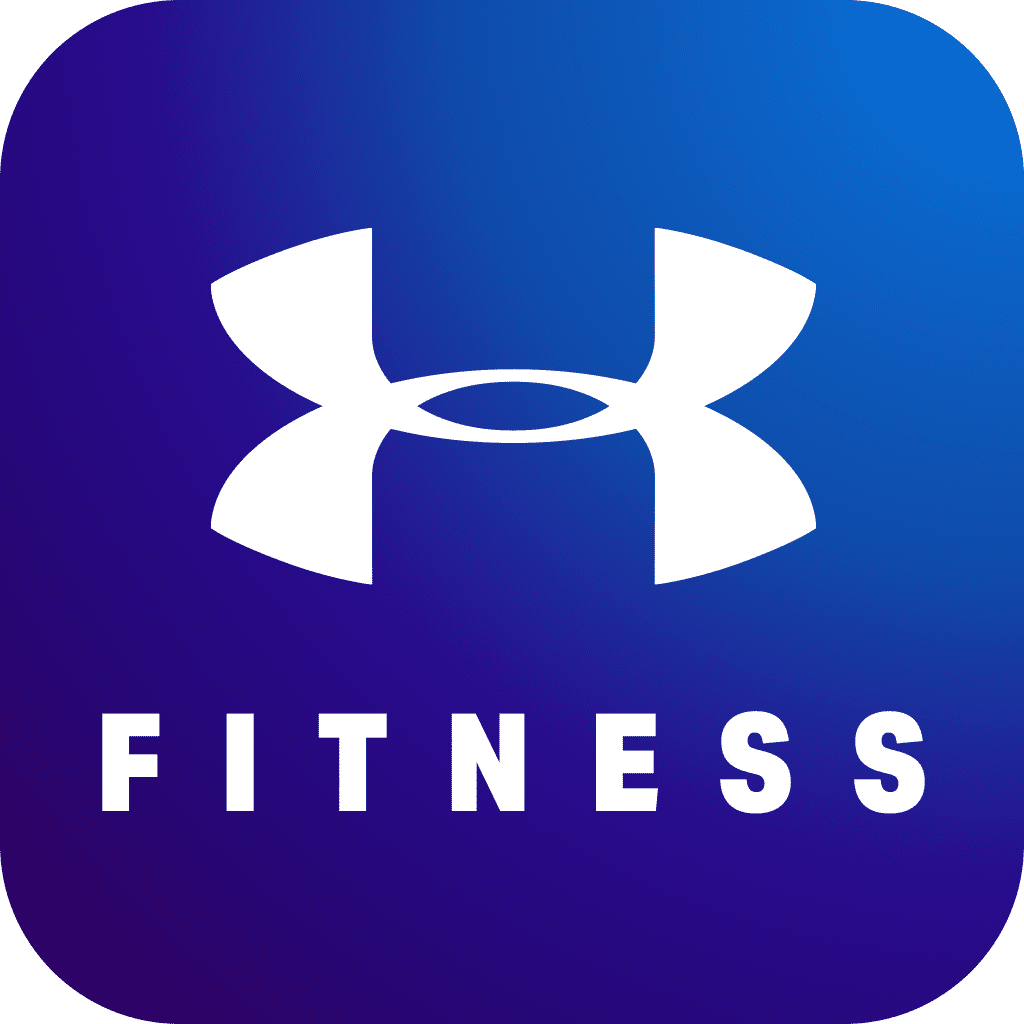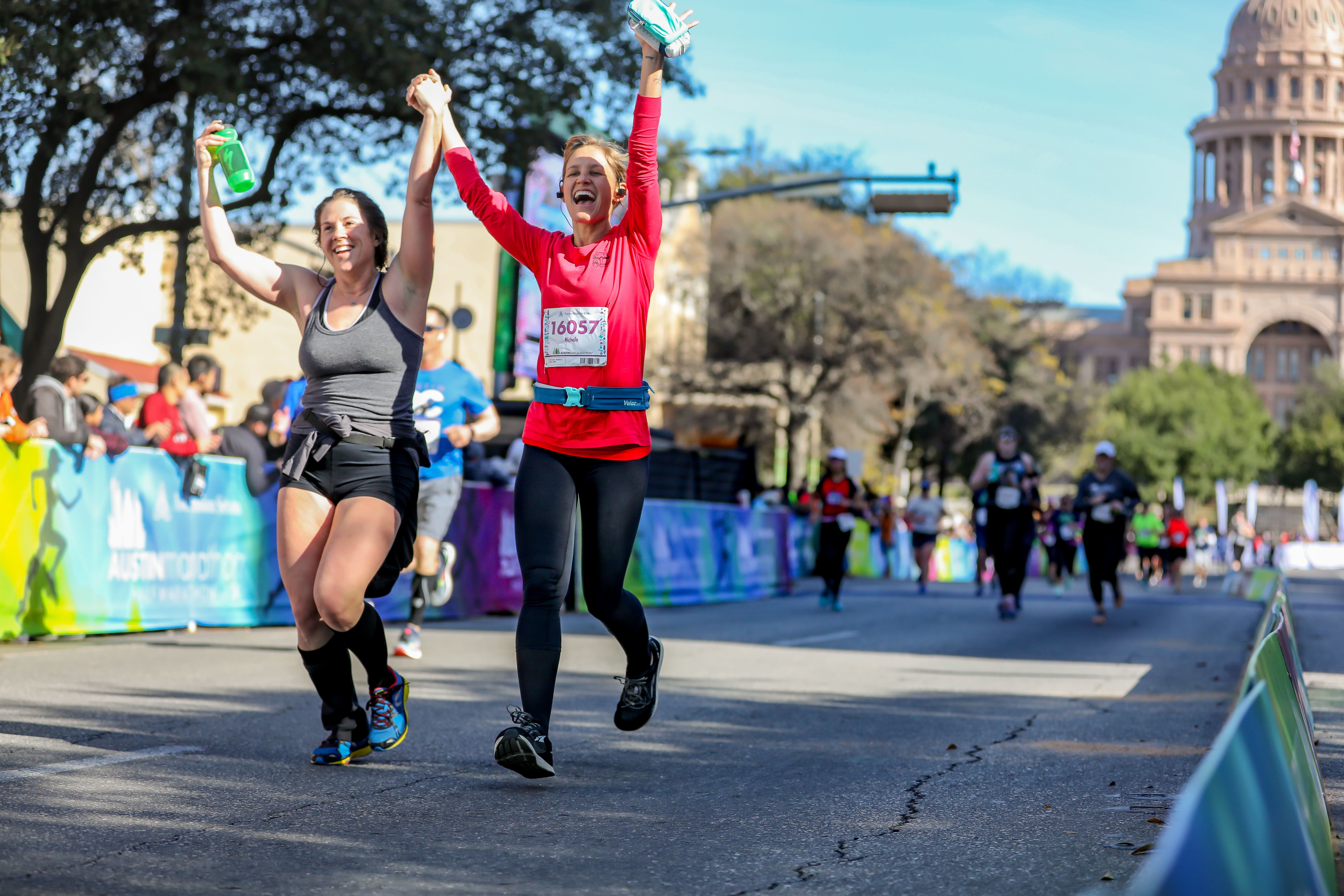See Improvement During Your Training with these 9 Tips
Incorporate these 9 things runners do every day to see improvement
There’s always room for improvement. This includes everyone, from beginners to elites! But you need to see the improvement you’re making. How else will you know? If you’ve started training for the Ascension Seton Austin Marathon or Austin Half Marathon, make sure you incorporate these 9 tasks so you can see your improvement!
Keep a running log
How will you know you’re improving if you don’t track your progress? Write down your mileage and time in a notebook or track that data via an app to see your improvement. We recommend Under Armour’s MapMyFitness.
Schedule runs like meetings
Be prompt. Invite friends. Meet at a certain spot. Start on time! If you think hard enough you’ll find ways to delay the start of your run. Just get started! Invite friends so y’all can hold each other accountable. Note: this doesn’t mean you have to run every day.
Eat right
Your body needs the proper fuel in order to complete the tasks you ask of it. If your body doesn’t have the proper fuel, it won’t run as well as you want. Eat healthier foods, increase your hydration, and make sure you eat at appropriate times. Eating right can also help you recover from your long runs faster. Use our long-run recovery timeline!
Have a running buddy
We can’t stress accountability enough! It’s a major factor in making sure you get that run/workout done. You can also catch up with your friend(s), discuss upcoming events, and talk about training. You’ll both benefit. Having a running buddy is also a great tactic to ensure you get out of bed in the morning. Here are 5 more tips to help you make your morning run!
Cross-train
Swim, bike, lift weights, do goat yoga, row! If you just run, you use your muscles in one way and one way only. Cross-training forces you to use all of your muscles in different ways. This can increase your strength and decrease the chance of injury.
Stretch/foam roll
Take care of the muscles that take care of you. Stretching and foam rolling allow fresh blood to flow to the muscles. This speeds up recovery and helps prevent lactic acid from settling in.
Rest
Probably the most important way you can take care of your body. Proper and well-timed rest allows your body to repair itself. If your training plan calls for a rest day, take it!
Stay consistent
Consistency is key. This goes for all runners, from beginners to elites. Follow your training plan and stay true to it. Consistency prepares your body for what you’re asking of it. Remember, life happens. If you have to miss a day try to switch it up with a planned off day. Don’t try to make up the missed workout by pairing it with another workout.
Set goals
Make sure you have something on the calendar that you’re working towards. This is a great motivator and helps you keep your eyes on the prize. If your goal is the Austin Marathon, create bi-weekly or monthly goals that will get you to your big goal. This prevents burnout and feeling like your goal is unattainable.
If you’re consistent and stick with it long enough, you’ll see improvement! That’s what excites runners and keeps us training for our goals. Is there a way you see improvement that we didn’t mention? Let us know on Facebook or Twitter.








